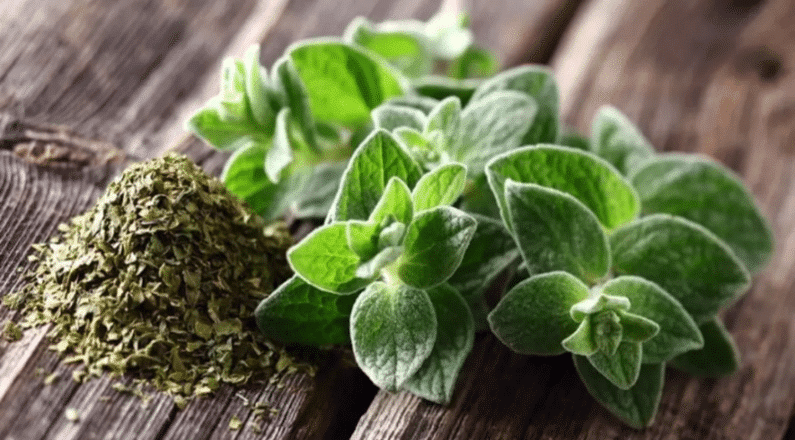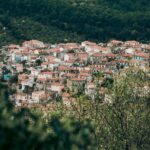Papaver rhoeas, of Papaveraceae Family
Morphology: The poppy is an angiosperm, dicotyledonous, herbaceous plant which belongs to the Papaverales order and the Papaveraceae family. There are many types of poppy (about 100) that are either native or cultivated.
The most well-known species in Greece is the common poppy of the fields, scientific name Mikon i Rhoeas (Papaver rhoeas), a small flower with red flowers black at their base, which bloom in spring, giving, together with daisies, a characteristic color to the Greek countryside.
It is an herbaceous annual plant with a height between 20 and 80 cm. Leaves pinnate with toothed parts, the upper ones epiphytic. The flowering shoots are usually covered with thick hairs held at right angles to the stem. The plant can produce up to 400 flowers in a hot season, which are very ephemeral, usually lasting only one day.
Flowering: Flowering period from February to August.
Habitat & distribution: Poppies are found in the temperate and cold regions of the Earth.
Papaver rhoeas, commonly known as paparouna, is distributed in Europe, North Africa, and South-West Asia, as well as throughout Greece. It is found as a native species of fields, as well as a weed mainly of grains, while it also occurs in gardens, archaeological sites, roadsides, pastures, olive groves, beaches, at an altitude usually between 0-700, rarely up to 1800m.
The genus name ‘Papaver’ comes from the Latin ‘Papa’ meaning boiled, because it was common to cook poppy seeds in this way. With reference to the name of the species, “rioas” comes from the ancient Greek “ῥοιας” i.e., “flow” referring to the milky juice that flows when the stem is injured or even to the fact that the petals of the flower fall very easily (foliage).
Edibility: The tender shoots and leaves are collected from Winter to Spring, while the plant is not in bloom and eaten after boiling, in a salad alone or together with other greens, in vegetable pies and in soups.
The seeds are collected in summer, they are odorless and completely safe to eat as they do not contain any of the alkaloids. Raw or cooked, they are used as a flavoring or garnish in breads, in nuts, in cakes and in fruit salads, imparting a pleasant flavor, the same as walnuts but more intense.
The seeds are rich in linoleic acids, an edible oil that is an excellent substitute for olive oil, is extracted from the seeds and used in cooking in salads and sauces.
Therapeutic properties: The poppy has soothing, emollient, sedative, mild narcotic, and diaphoretic properties.
The flowers and petals are analgesic, emollient, emmenagogue, expectorant, hypnotic, mildly narcotic and sedative.
Common names: Kokkinades, Kotsonia, Koutsounades, Petenos, Lilikouki, Makounida.



















